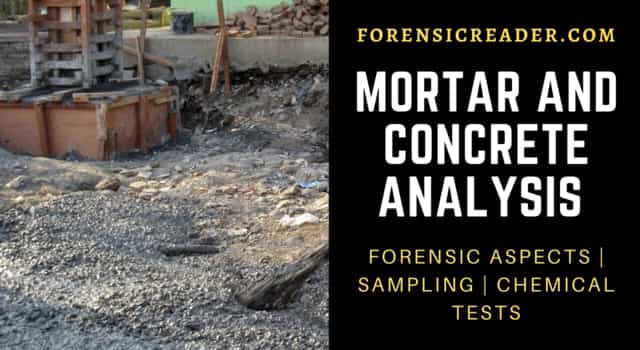Forensic Hair Sample Analysis using NAA and AAS
Both neutron activation analysis (NAA) and atomic absorption spectroscopy (AAS) are used to estimate the concentration of arsenic in biological samples such as hair, nails, and bone. These techniques are highly sensitive and can detect trace amounts of arsenic. A. Neutron Activation Analysis (NAA) Neutron Activation Analysis (NAA): NAA is a nuclear process used for determining […]
Forensic Hair Sample Analysis using NAA and AAS Read More »





